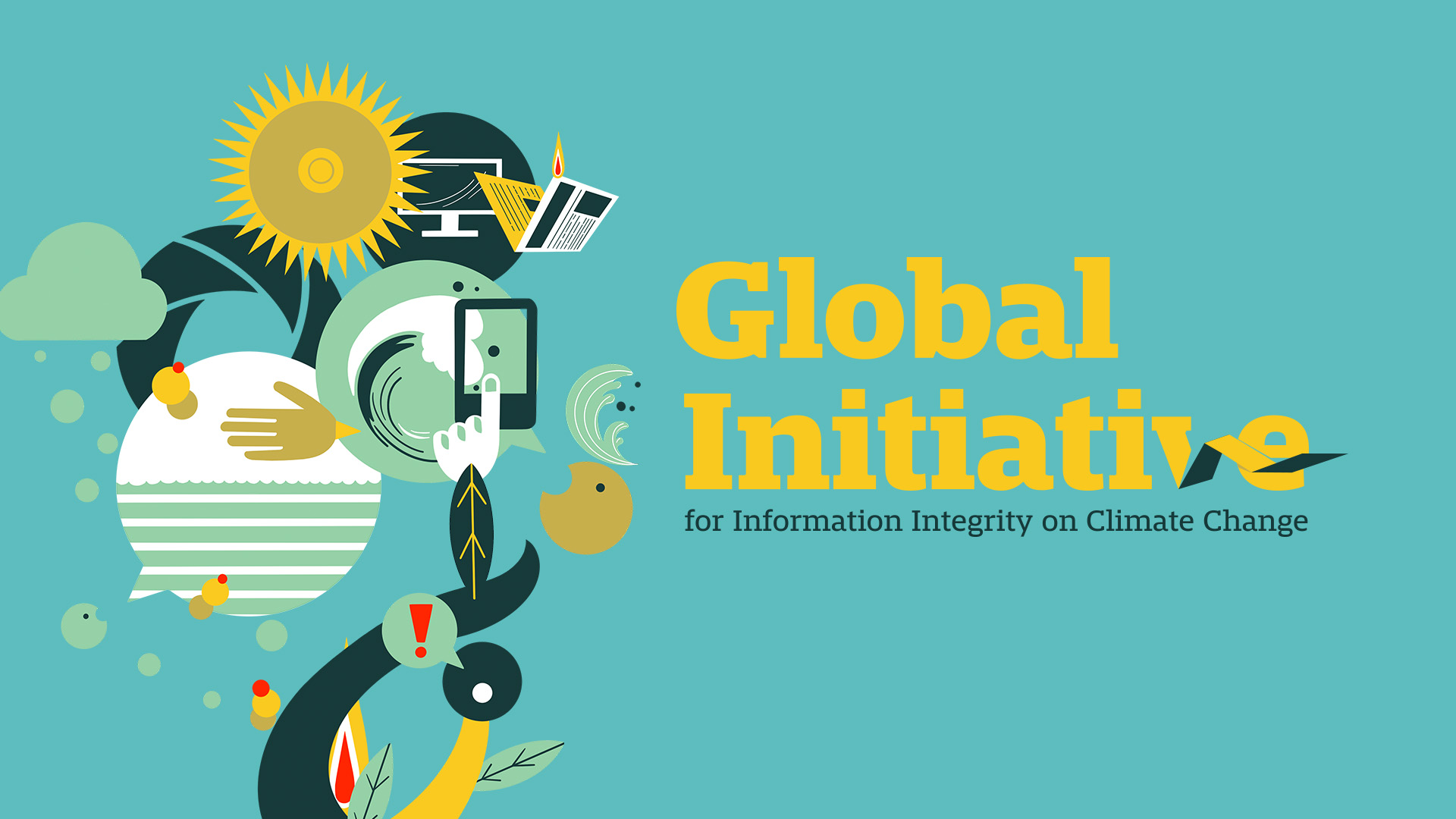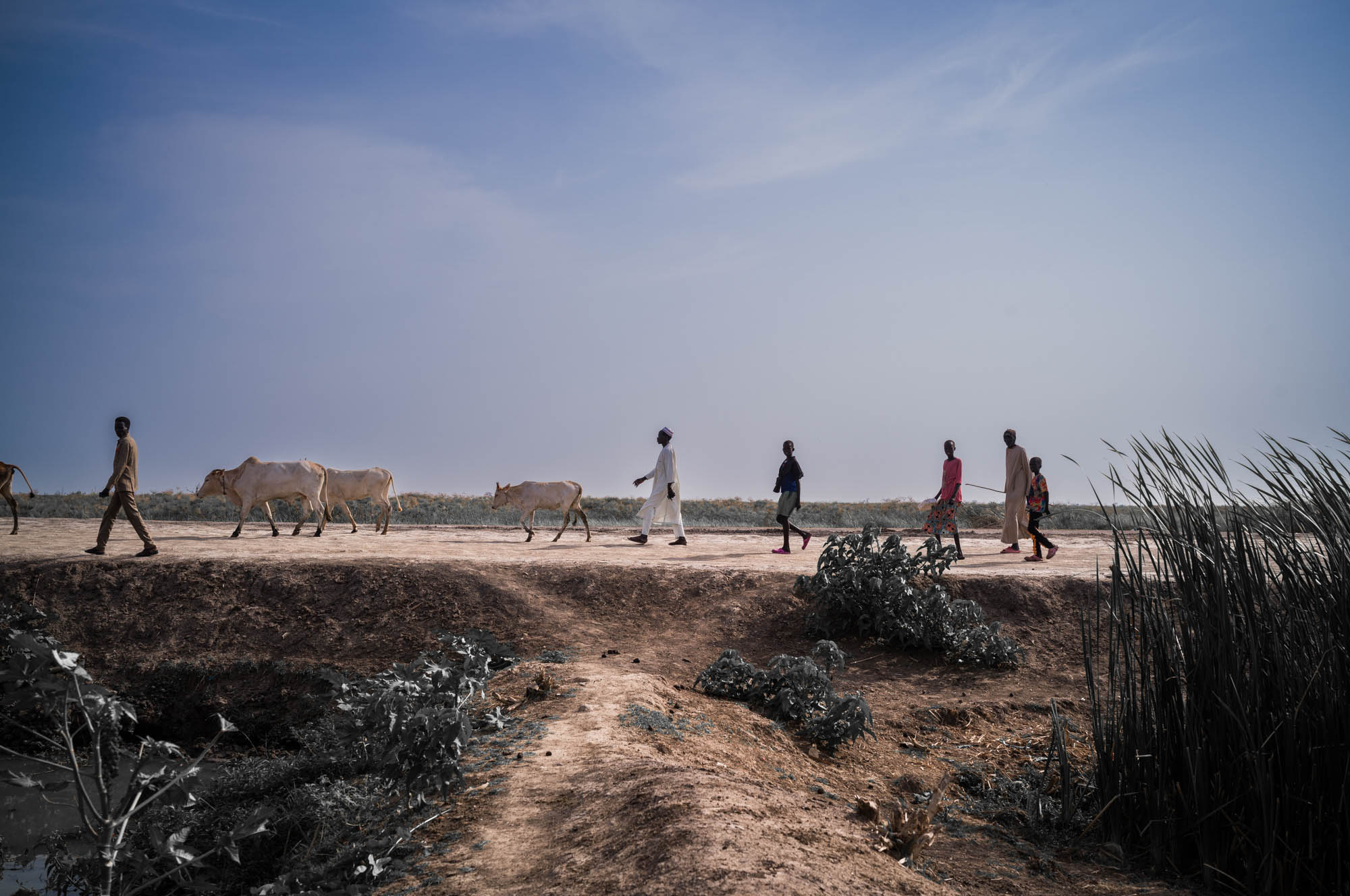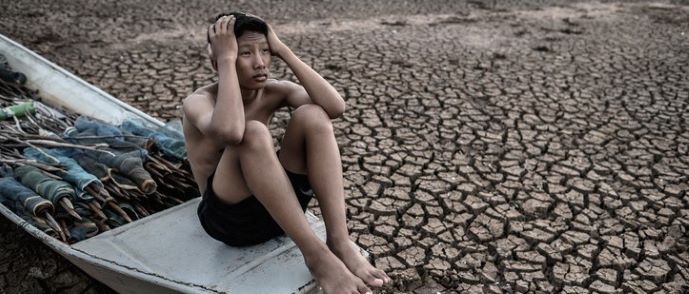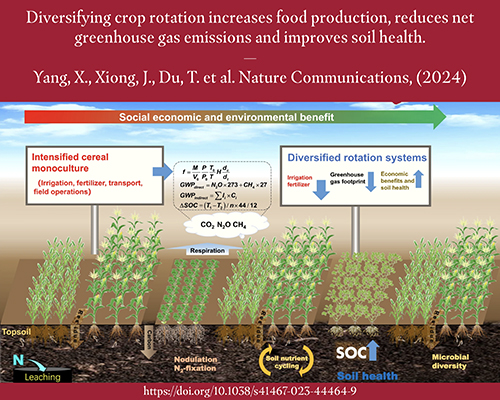Report on the Impact of Rising Temperatures on Mental Health and Sustainable Development Goals
This report analyzes the growing public health crisis precipitated by escalating summer temperatures, a direct consequence of climate change. It examines the impact on mental well-being, particularly the phenomenon of summer-pattern Seasonal Affective Disorder (SAD), and assesses these challenges in the context of the United Nations Sustainable Development Goals (SDGs).
1. Climate Change and Public Health Implications (SDG 3, SDG 13)
The increasing frequency and intensity of heat waves, a critical issue addressed by SDG 13 (Climate Action), poses a significant threat to SDG 3 (Good Health and Well-being). The primary coping mechanism in developed nations, indoor air conditioning, creates a paradox where avoiding direct heat exposure leads to other health detriments.
- Physical Health: Extreme heat is associated with direct physical health risks, including heatstroke and exacerbation of cardiovascular conditions.
- Mental Health: Scientific literature establishes a clear link between heat and adverse mental health outcomes, including mood disorders, anxiety, aggression, and reduced cognitive function. Disrupted sleep patterns from high nocturnal temperatures further contribute to these conditions.
2. The Emergence of Summer-Pattern Seasonal Affective Disorder (SAD)
A specific manifestation of this mental health crisis is summer-pattern SAD, a form of major depression with a seasonal onset during warmer months. While less prevalent and studied than its winter counterpart, its impact is growing.
Key Characteristics of Summer SAD:
- Symptoms: Unlike winter SAD, which is associated with oversleeping and overeating, summer SAD typically involves insomnia, reduced appetite, and restlessness.
- Causative Factors: The condition is believed to be triggered not only by direct heat exposure but also by the behavioral responses to it. Social isolation, reduced physical activity, and lack of sunlight exposure from prolonged indoor confinement are significant contributing factors.
- Treatment Challenges: Current treatment options are limited. Standard SSRIs can increase heat sensitivity, and light therapy used for winter SAD is not recommended, highlighting a critical gap in mental healthcare.
3. Urban Sustainability and Social Equity (SDG 10, SDG 11, SDG 7)
The societal response to extreme heat reveals significant challenges to achieving key sustainable development goals related to inequality and urban living.
- SDG 10 (Reduced Inequalities): Access to air conditioning is not universal. Vulnerable populations, including low-income households and individuals in outdoor occupations, face disproportionately higher risks from heat exposure. This disparity widens the health equity gap.
- SDG 11 (Sustainable Cities and Communities): The trend of retreating indoors undermines the goal of creating inclusive, safe, and resilient communities. It reduces social interaction and use of public spaces, leading to community fragmentation.
- SDG 7 (Affordable and Clean Energy): Widespread reliance on air conditioning places a heavy burden on energy grids and contributes to high electricity costs, posing a challenge to energy affordability for many households.
4. Conclusion and Recommendations
The escalating heat due to climate change presents a multifaceted threat that transcends environmental concerns, deeply affecting public health, social equity, and urban sustainability. The rise of conditions like summer SAD demonstrates a clear failure to adapt in a way that supports holistic well-being.
Addressing this crisis requires an integrated strategy that aligns with the SDGs:
- Promote Climate Action (SDG 13): Aggressively pursue policies to mitigate climate change and limit global temperature rise.
- Enhance Urban Resilience (SDG 11): Invest in sustainable urban planning, including the development of green spaces, cool pavements, and accessible public cooling centers to reduce reliance on private air conditioning.
- Ensure Health Equity (SDG 3 & SDG 10): Prioritize support for vulnerable populations and increase research into the mental health impacts of heat to develop effective and accessible treatments.
Failure to act will result in a continued decline in public well-being, where populations are forced to choose between the physical dangers of heat and the psychological distress of isolation, thereby impeding progress toward a sustainable and equitable future.
1. Which SDGs are addressed or connected to the issues highlighted in the article?
SDG 3: Good Health and Well-being
- The article extensively discusses the negative impacts of extreme heat and climate change on mental and physical health. It focuses on conditions like summer Seasonal Affective Disorder (SAD), depression, anxiety, and insomnia. It states, “The scientific literature shows that heat is associated with mood disorders, anxiety, aggression, and reduced cognitive abilities,” and notes that heat has a “well-established link with suicide risk.”
SDG 11: Sustainable Cities and Communities
- The article highlights how rising temperatures are making urban environments less habitable. It describes how residents in cities like Phoenix and Tucson are forced to alter their lives drastically, staying indoors for months. For example, “In Phoenix, where a 95-degree day is a relief, schedules are arranged around the darkness.” This points to the challenge of maintaining safe and resilient human settlements in the face of climate-related disasters like heat waves.
SDG 13: Climate Action
- The core issue discussed in the article is a direct consequence of climate change. The text explicitly states, “As climate change turns up the temperature, summers in America are coming down to a choice between enduring the heat and avoiding it,” and “America’s summer quandary—suffer inside or out?—will become only more persistent as climate change intensifies.” The entire narrative is framed around the need to understand and adapt to the impacts of a warming climate.
2. What specific targets under those SDGs can be identified based on the article’s content?
SDG 3: Good Health and Well-being
-
Target 3.4: By 2030, reduce by one third premature mortality from non-communicable diseases through prevention and treatment and promote mental health and well-being.
- The article’s focus on summer SAD, depression, mood disorders, and anxiety directly relates to promoting mental health and well-being. It mentions that heat “can exacerbate mental-health conditions such as schizophrenia, bipolar disorder, depression, and substance abuse” and has a “well-established link with suicide risk,” which connects to reducing premature mortality.
-
Target 3.d: Strengthen the capacity of all countries… for early warning, risk reduction and management of national and global health risks.
- The article mentions a significant health risk: “During a single heat wave last month, people in 29 states were warned to stay inside to avoid dangerously high temperatures.” This action represents an early warning system to manage the health risks associated with extreme heat, a key component of this target.
SDG 11: Sustainable Cities and Communities
-
Target 11.5: By 2030, significantly reduce the number of deaths and the number of people affected… caused by disasters… with a focus on protecting the poor and people in vulnerable situations.
- Heat waves are climate-related disasters. The article describes how millions of people are “affected” by being forced indoors and suffering from mental health consequences. It also implies vulnerability by stating, “Many Americans don’t have access to air conditioning, or they work jobs that require them to be outside in the heat,” highlighting the disproportionate impact on certain populations.
SDG 13: Climate Action
-
Target 13.1: Strengthen resilience and adaptive capacity to climate-related hazards and natural disasters in all countries.
- The article explores the struggle to adapt to intensifying heat waves. It discusses coping mechanisms, from historical methods like sleeping on fire escapes to modern reliance on air conditioning. The emergence of “summer depression” from being forced indoors shows a maladaptive consequence, indicating a need to strengthen resilience.
-
Target 13.3: Improve education, awareness-raising and human and institutional capacity on climate change mitigation, adaptation, impact reduction and early warning.
- The article itself serves as a tool for awareness-raising about a less-discussed impact of climate change (mental health). The mention of warnings for people to “stay inside to avoid dangerously high temperatures” is a direct example of early warning and institutional capacity to reduce the impact of heat waves.
3. Are there any indicators mentioned or implied in the article that can be used to measure progress towards the identified targets?
For Target 3.4 (Promote mental health and well-being):
- Prevalence of summer SAD: The article cites a study putting its prevalence at “about 0.6 percent.” Tracking this rate could measure the burden of this specific mental health condition.
- Suicide rate associated with heat: The article mentions a “well-established link with suicide risk,” implying that mortality data related to heat waves could be an indicator.
For Target 11.5 (Reduce people affected by disasters):
- Number of people under heat advisories: The article provides a specific figure: “people in 29 states were warned to stay inside.” This can be tracked as a measure of the population affected by heat disasters.
- Number of people without access to cooling: The statement “Many Americans don’t have access to air conditioning” points to a measurable indicator of vulnerability within communities.
For Target 13.1 (Strengthen resilience to climate hazards):
- Frequency and intensity of heat waves: The article states that “heat waves have grown more frequent and intense every decade since the 1960s.” This is a direct indicator of increasing climate-related hazards.
- Average temperature increase: The article notes that summers are, “on average, 2.6 degrees hotter than they were some 50 years ago.” This quantifies the changing climate hazard.
4. Table of SDGs, Targets, and Indicators
| SDGs | Targets | Indicators |
|---|---|---|
| SDG 3: Good Health and Well-being | 3.4: Reduce premature mortality from non-communicable diseases and promote mental health and well-being. |
|
| SDG 11: Sustainable Cities and Communities | 11.5: Significantly reduce the number of people affected by disasters, focusing on the vulnerable. |
|
| SDG 13: Climate Action | 13.1: Strengthen resilience and adaptive capacity to climate-related hazards. |
|
Source: theatlantic.com







